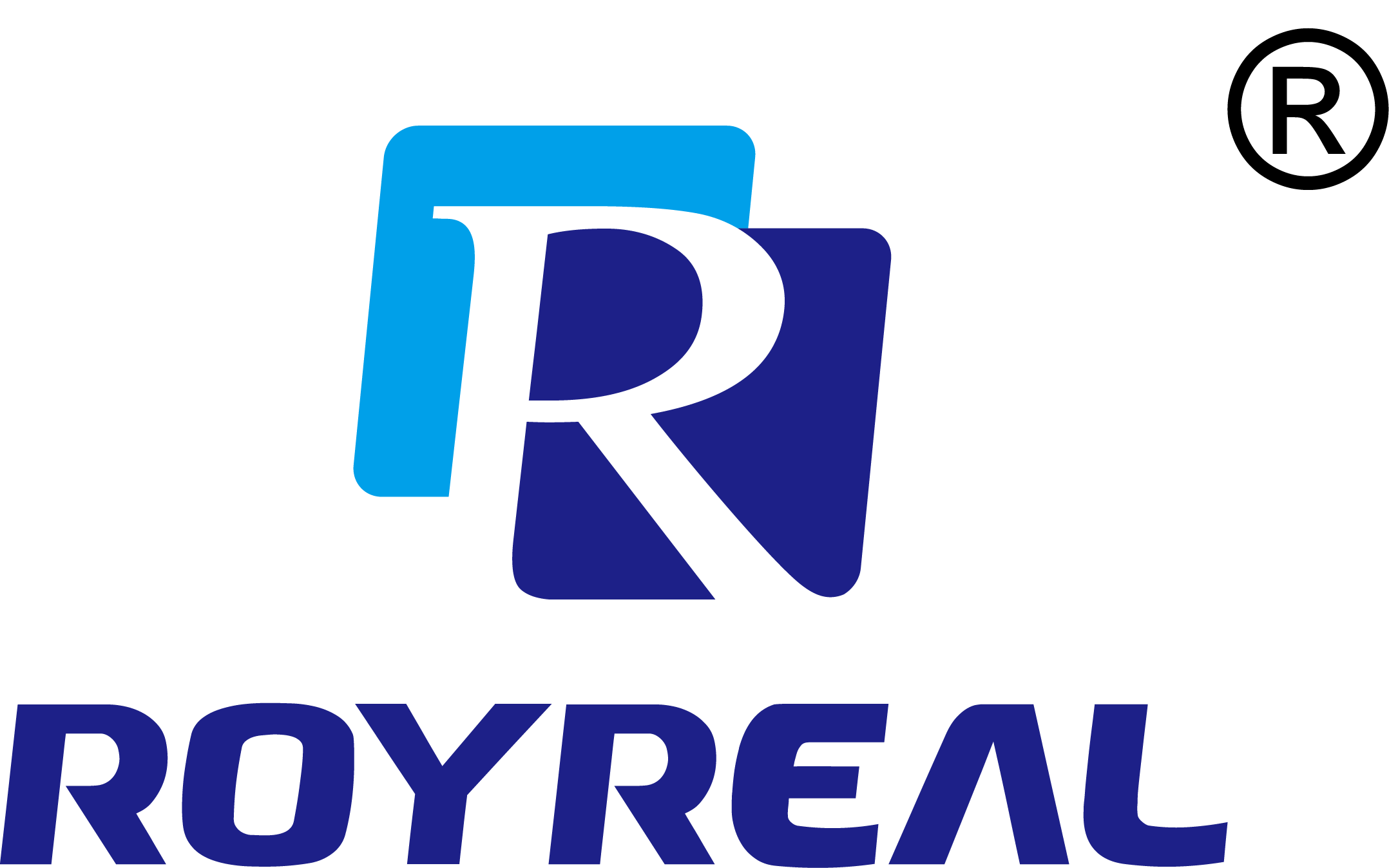Exploring the Different Types of Wet Test Gas Flow Meters and Their Applications
Category: Industry News
Time:2024-12-09
Table of Contents
1. Introduction
2. Wet Test Gas Flow Meters: An Overview
3. Ultrasonic Wet Test Gas Flow Meters
4. Turbine Wet Test Gas Flow Meters
5. Vortex Wet Test Gas Flow Meters
6. Coriolis Wet Test Gas Flow Meters
7. Thermal Wet Test Gas Flow Meters
8. Pitot Wet Test Gas Flow Meters
9. Orifice Wet Test Gas Flow Meters
10. Venturi Wet Test Gas Flow Meters
11. Frequently Asked Questions (FAQs)
11.1. How do wet test gas flow meters work?
11.2. What are the advantages of using ultrasonic wet test gas flow meters?
11.3. Can turbine wet test gas flow meters handle high-pressure applications?
11.4. Are vortex wet test gas flow meters suitable for measuring corrosive gases?
11.5. How accurate are coriolis wet test gas flow meters?
12. Conclusion
1. Introduction
In this article, we delve into the world of wet test gas flow meters and explore the various types available in the market. With a focus on their applications and benefits, we aim to provide you with a comprehensive understanding of wet test gas flow meters.
2. Wet Test Gas Flow Meters: An Overview
Wet test gas flow meters are devices used to measure the flow rate of wet gases. These meters are specifically designed to handle gases that contain moisture or liquid droplets. They play a crucial role in industries such as oil and gas, chemical processing, wastewater treatment, and more.
3. Ultrasonic Wet Test Gas Flow Meters
Ultrasonic wet test gas flow meters utilize sound waves to measure the flow rate of gas. They offer non-intrusive and highly accurate measurements, making them suitable for a wide range of applications. These meters are known for their ability to handle wet gases without any obstruction.
4. Turbine Wet Test Gas Flow Meters
Turbine wet test gas flow meters consist of a rotating turbine that spins with the flow of gas. The rotation speed of the turbine is directly proportional to the flow rate, allowing for accurate measurements. These meters are widely used in applications that involve clean and dry gases.
5. Vortex Wet Test Gas Flow Meters
Vortex wet test gas flow meters operate based on the principle of fluid dynamics. They create vortices when gas flows through a bluff body, and the frequency of these vortices is directly related to the flow rate. Vortex meters are suitable for both wet and dry gas applications and offer excellent accuracy.
6. Coriolis Wet Test Gas Flow Meters
Coriolis wet test gas flow meters utilize the Coriolis effect to measure the mass flow rate of gases. They operate by causing the gas to flow through a vibrating tube, and the phase shift of the vibrating tube is used to determine the flow rate. These meters are highly accurate and can handle various gas compositions.
7. Thermal Wet Test Gas Flow Meters
Thermal wet test gas flow meters measure the flow rate of gas based on the heat transfer principle. They consist of a heated element and a temperature sensor, and the heat dissipation caused by the flowing gas is proportional to the flow rate. These meters are suitable for both wet and dry gas applications.
8. Pitot Wet Test Gas Flow Meters
Pitot wet test gas flow meters utilize the principle of fluid dynamics to measure the flow rate of gas. They consist of a tube with a small opening facing the flow, and the pressure difference between the opening and the surrounding is used to calculate the flow rate. Pitot meters are commonly used in HVAC systems and research applications.
9. Orifice Wet Test Gas Flow Meters
Orifice wet test gas flow meters use a small opening, known as an orifice plate, to create a pressure drop in the gas flow. This pressure drop is directly related to the flow rate, allowing for accurate measurements. Orifice meters are widely used in industrial applications and are known for their simplicity and reliability.
10. Venturi Wet Test Gas Flow Meters
Venturi wet test gas flow meters operate based on the principle of fluid dynamics. They consist of a constricted section in the flow path, causing an increase in the gas velocity and a decrease in pressure. The pressure difference is used to calculate the flow rate. Venturi meters are suitable for various wet and dry gas applications.
11. Frequently Asked Questions (FAQs)
11.1. How do wet test gas flow meters work?
Wet test gas flow meters work by utilizing various principles such as ultrasonics, turbine rotation, vortex generation, and more to measure the flow rate of wet gases accurately.
11.2. What are the advantages of using ultrasonic wet test gas flow meters?
Ultrasonic wet test gas flow meters offer non-intrusive measurements, high accuracy, and the ability to handle wet gases without any obstruction. They are also suitable for a wide range of applications.
11.3. Can turbine wet test gas flow meters handle high-pressure applications?
Yes, turbine wet test gas flow meters are designed to handle high-pressure applications. They offer excellent accuracy even under high-pressure conditions.
11.4. Are vortex wet test gas flow meters suitable for measuring corrosive gases?
Yes, vortex wet test gas flow meters are suitable for measuring corrosive gases. They are known for their robust construction and resistance to corrosion.
11.5. How accurate are Coriolis wet test gas flow meters?
Coriolis wet test gas flow meters are highly accurate, with a typical accuracy of around 0.1% to 0.2%. They can handle various gas compositions and provide reliable measurements.
12. Conclusion
In conclusion, wet test gas flow meters are essential devices for measuring the flow rate of wet gases in various industries. From ultrasonic meters to turbine, vortex, coriolis, thermal, pitot, orifice, and venturi meters, each type offers unique features and benefits. Understanding the different types and their applications can help you choose the most suitable meter for your specific needs.
Keywords:
 EN
EN RU
RU SP
SP
